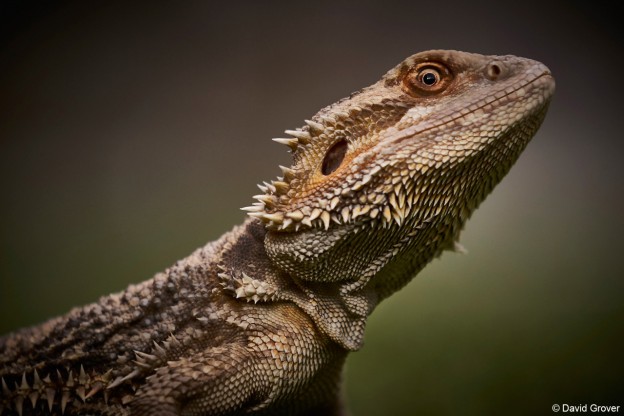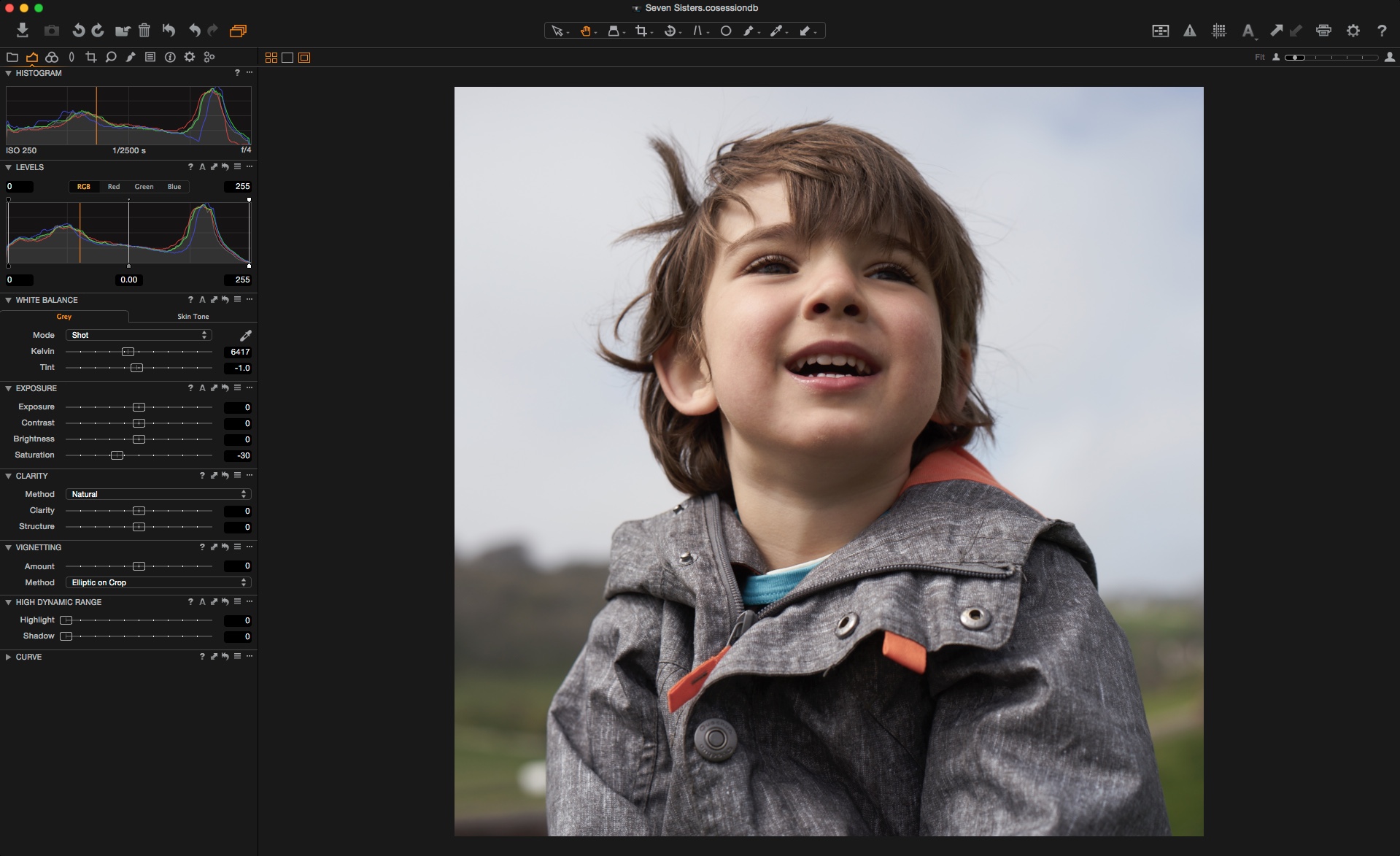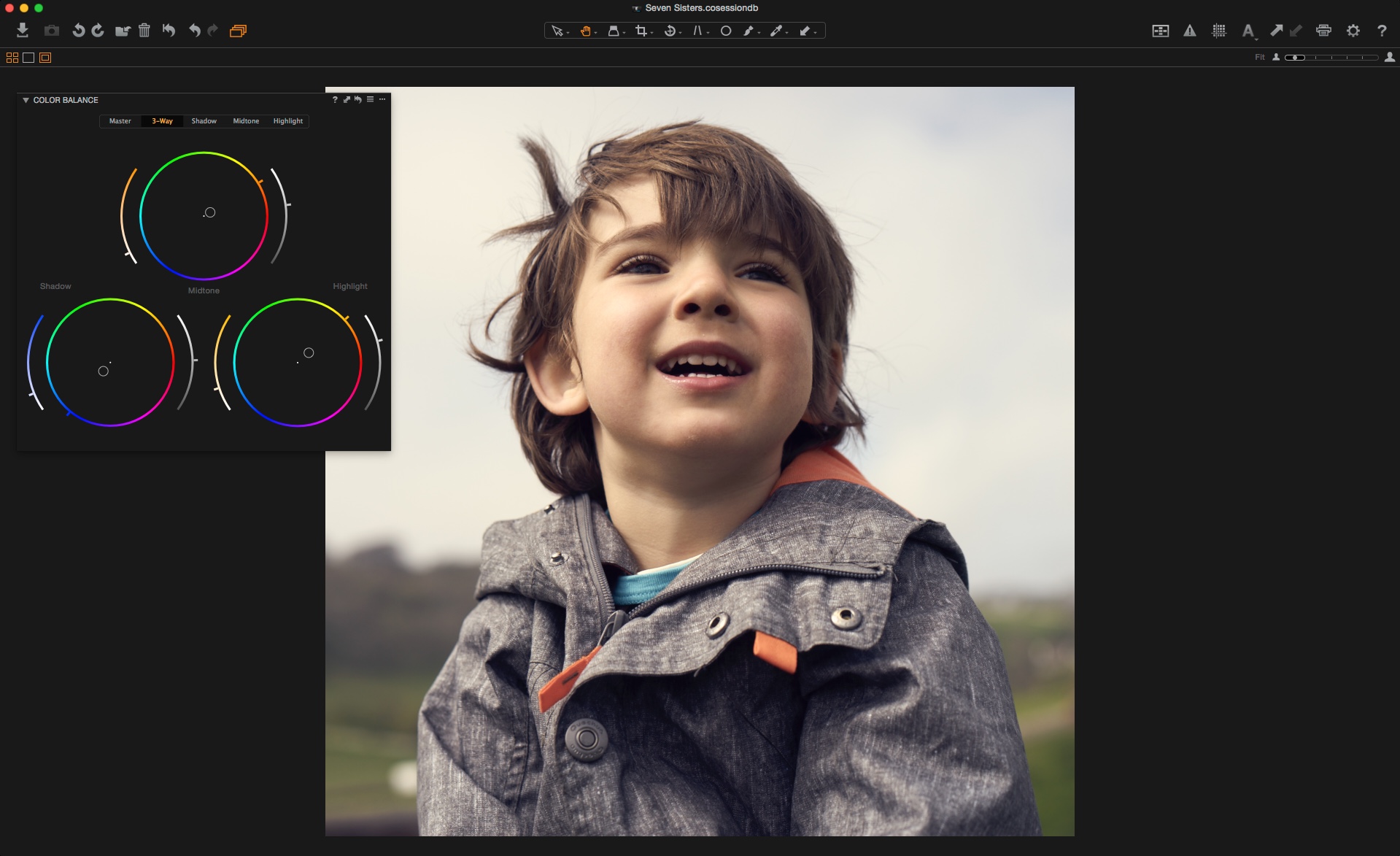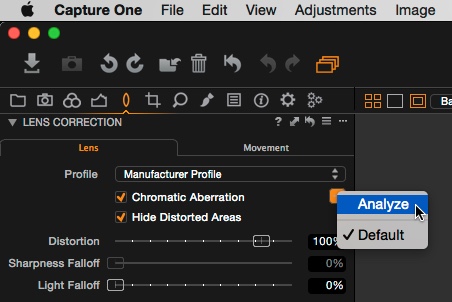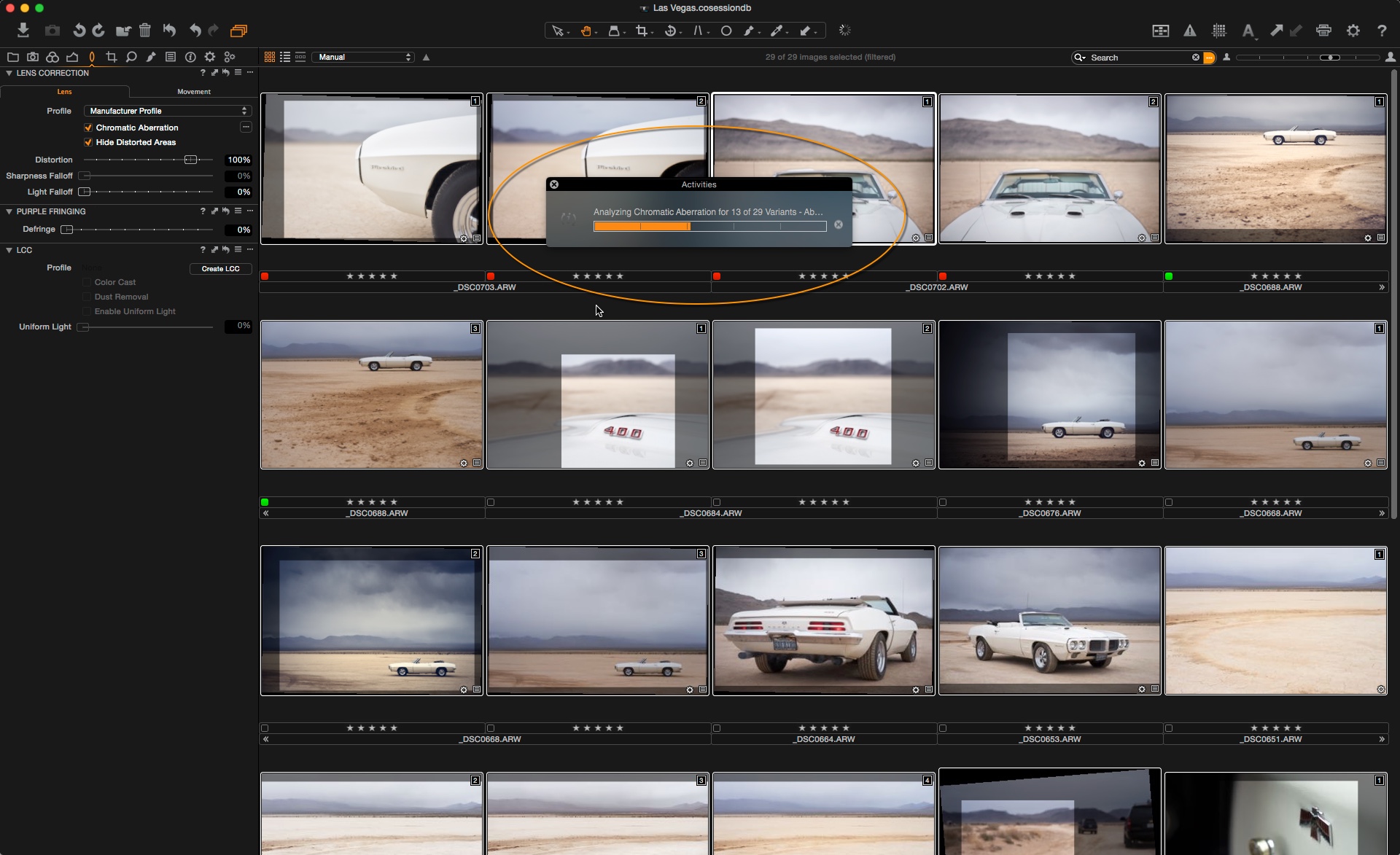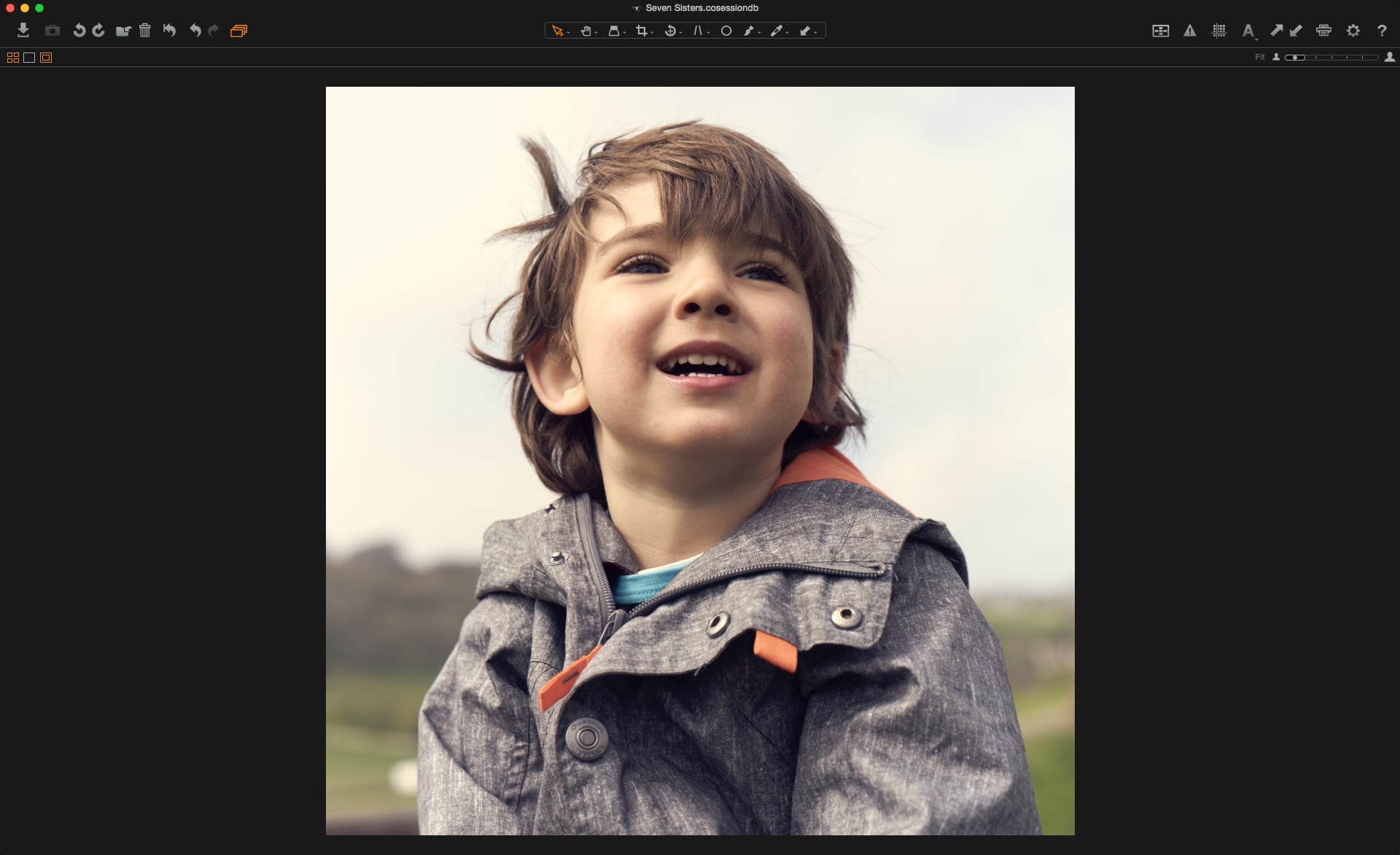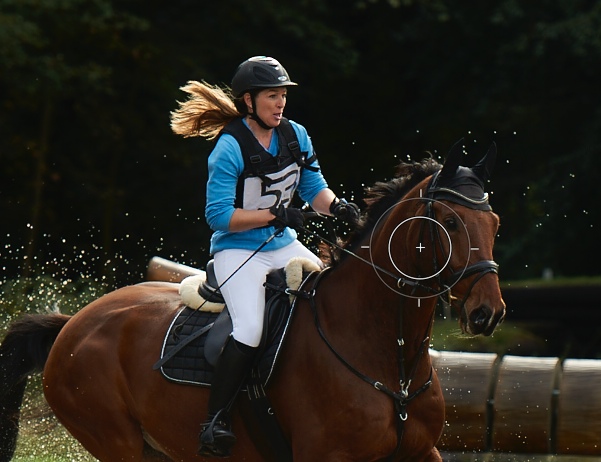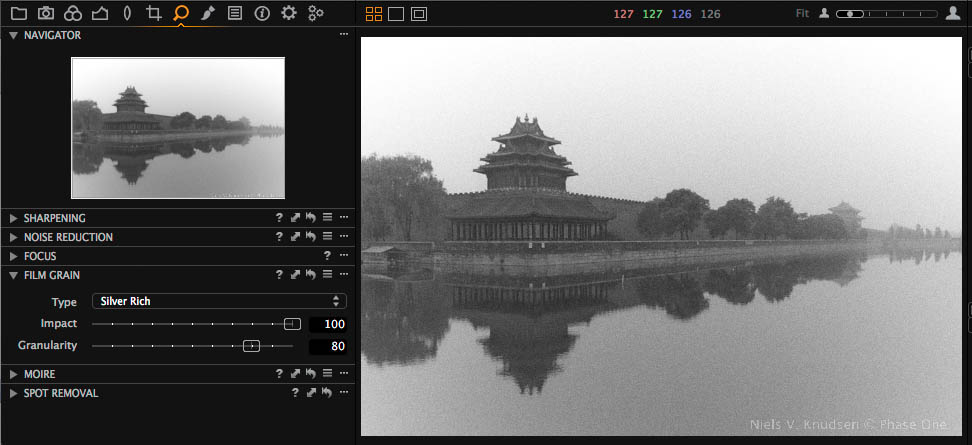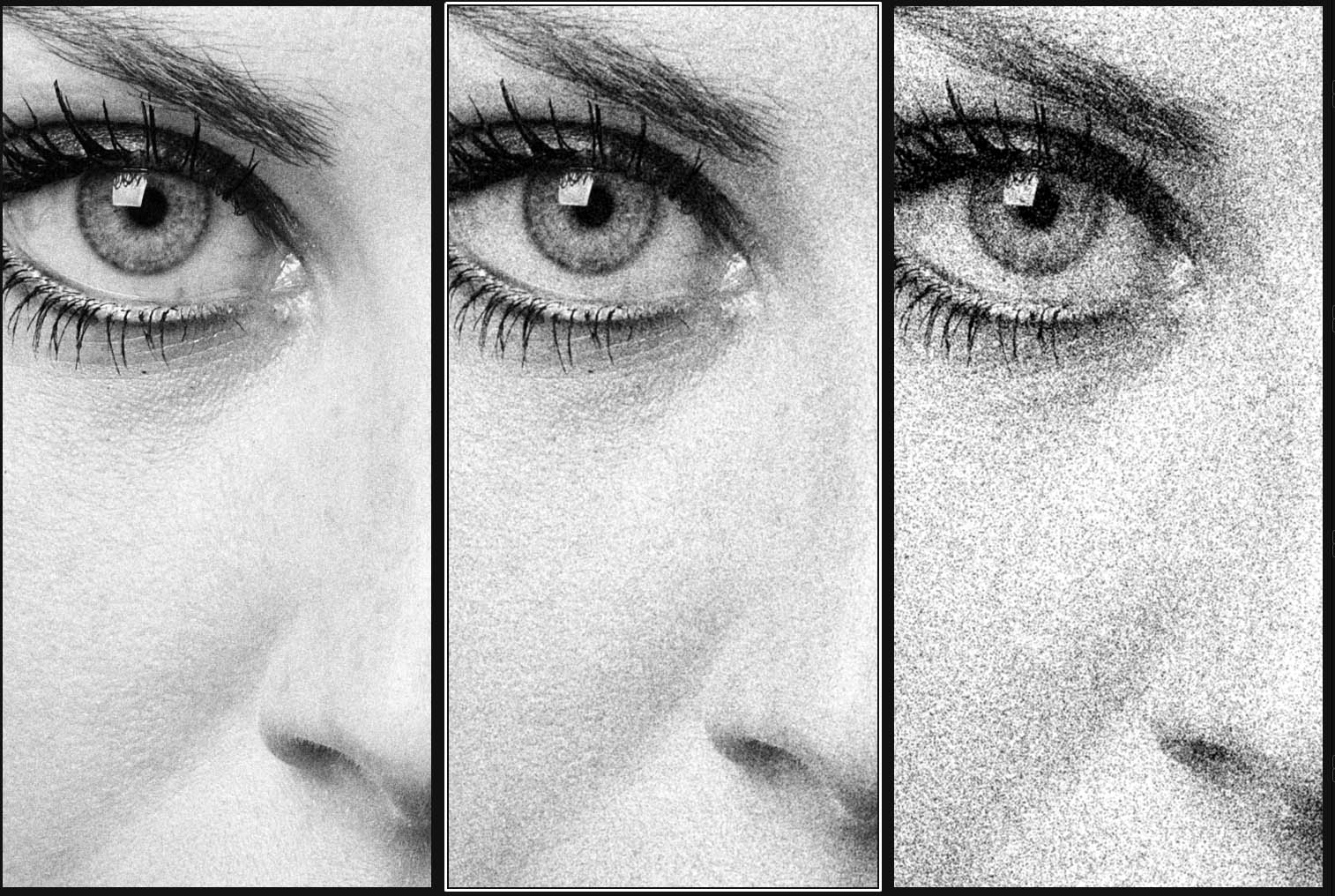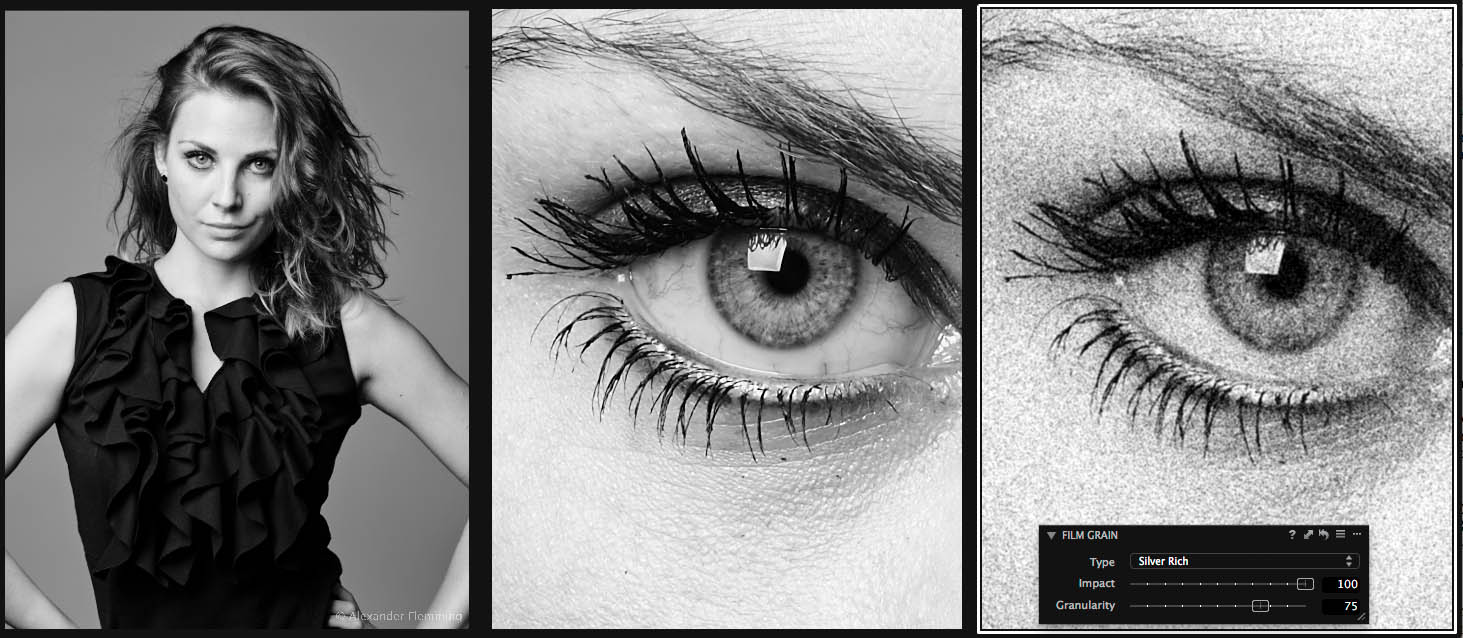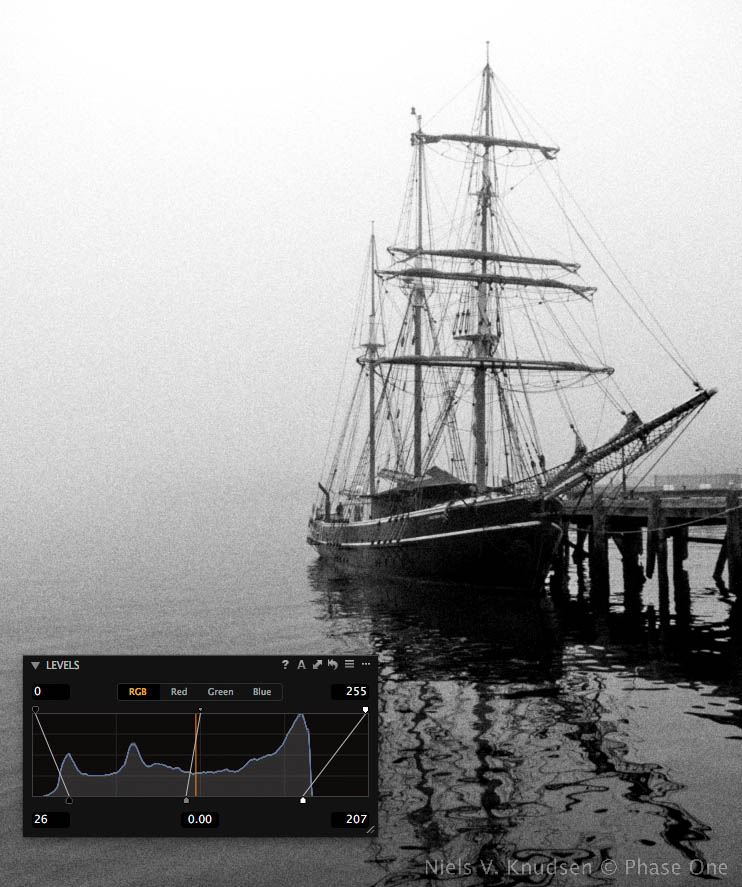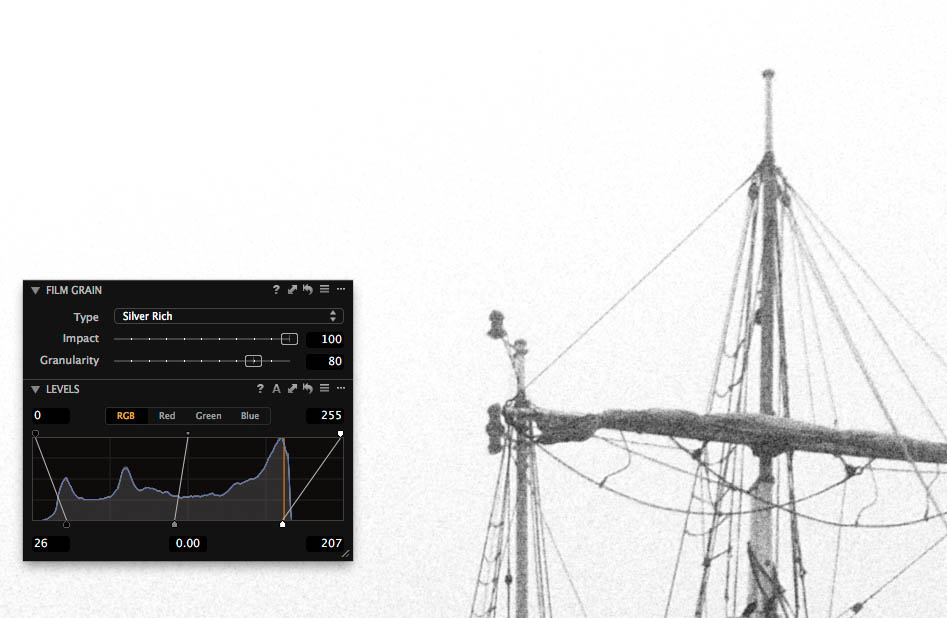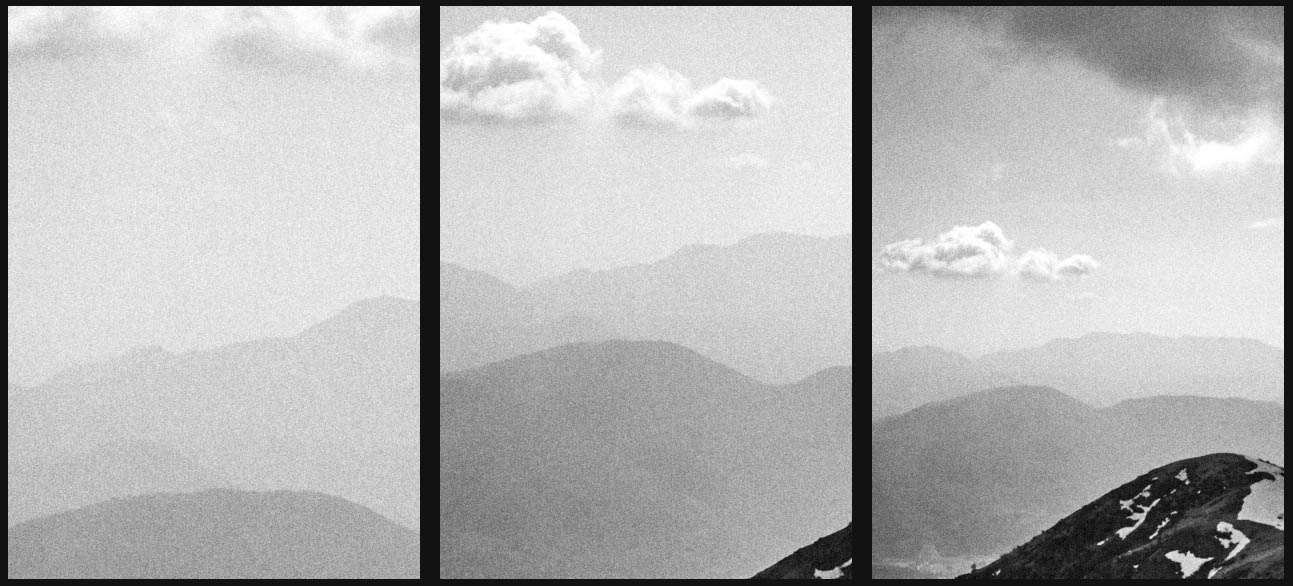Recently I was lucky enough to be present on this shoot with Sarah Silver. I learnt many things that day but also a new idea of how to use Capture One Pro 8 with Dropbox, or any other similar cloud sharing service.
At the start of the shoot everyone present on set (who needs access) is added to the days’ shared Dropbox folder, then any selects from the shoot are placed in there, so everyone can see the final images. This is a very simple way of collaborative sharing in a studio if you don’t need the advanced features of Capture Pilot.
In this case, a specific Process Recipe is created in Capture One Pro 8 that outputs directly to the shared Dropbox folder. So at any point, this can be selected and certain images processed directly there.
Therefore I wondered if there was any way to automate Dropbox to do other tasks? For example posting to Social Media. A quick web search supplied me with what I was looking for: Wappwolf.
Wappwolf can apply certain rules to a Dropbox folder. There are many options but the ones I was more interested in were automated uploads to services such as Facebook, Flickr and Google +.
Wappwolf is also compatible with other cloud services like Box and Google Drive, so it is not restricted to Dropbox alone.
Here are the actions that can be added to a Dropbox folder:
As you can see there are quite a few options, but I’ll create a simple one that could upload an image immediately to Facebook or Flickr.
First of all, let’s handle Capture One Pro 8 and build a Process Recipe to upload an image directly to a Folder on Dropbox and at a suitable size for Facebook. Facebook recommends images to be either 720, 960 or 2048 pixels across, so it makes sense to pick one of these resolutions to avoid Facebook resampling the image.
To create a new Process Recipe, click on the + button in the Process Recipe tool and choose a suitable name.
Now in the Process Recipe tool, decide on the parameters for the output. Again Facebook recommends a JPEG file with the sRGB profile.
Facebook will compress JPEG files, so if you want to ensure maximum quality you could consider using PNG files instead. Capture One Pro 8 can process to both.
So let’s build that in with the correct dimensions. Notice the Scale has been set to Width with a length of 2048 pixels. This means Capture One Pro 8 will automatically resize the width of the image to 2048 pixels.
The File tab has a crucial option that will make this process much easier. In the Root Folder drop-down menu, I have set the folder on my Dropbox that I want to automate. So, to clarify, I first made a folder on the Dropbox called Facebook Upload, and then chose that in the Root Folder drop-down menu.
This simply means, that when selecting this Process Recipe, images will always be saved directly into this folder.
You could explore further options in the other tabs if you wish, like adding a watermark to your image, like your copyright information or company logo.
Test the recipe by selecting an image and choosing File>Process, and make sure the image goes to the Dropbox folder.
Next we need to automate the process. Browse to wappwolf.com and Login/Sign up.
You will be taken through the process to connect Wappwolf to your Dropbox.
Once Wappwolf and Dropbox are connected, you simply go through a process of choosing a folder on your Dropbox and what you want to happen when a file arrives there. You can see below the folder Facebook upload.
After selecting that folder, you can then decide on the automated process. You will need to connect to other services (i.e Flickr, Facebook, Google + etc) to be able to continue.
For my automated process, I can also make a new Album and apply some rules to a comment if necessary.
Once the automation has been set, you will see a summary of it and any other automations you have created.
Now to upload an image to Facebook, all I have to do is select one or more of them in Capture One Pro 8, choose the Facebook Auto Upload Process Recipe and process out! Don’t forget CMD-D or CTRL-D is a handy shortcut for that.
Here is an example:
It could be very useful to have automated features like this in the cloud. If you know of any more, please comment! It would be extremely easy to setup different Process Recipes for other automated actions.
Best regards,
David
